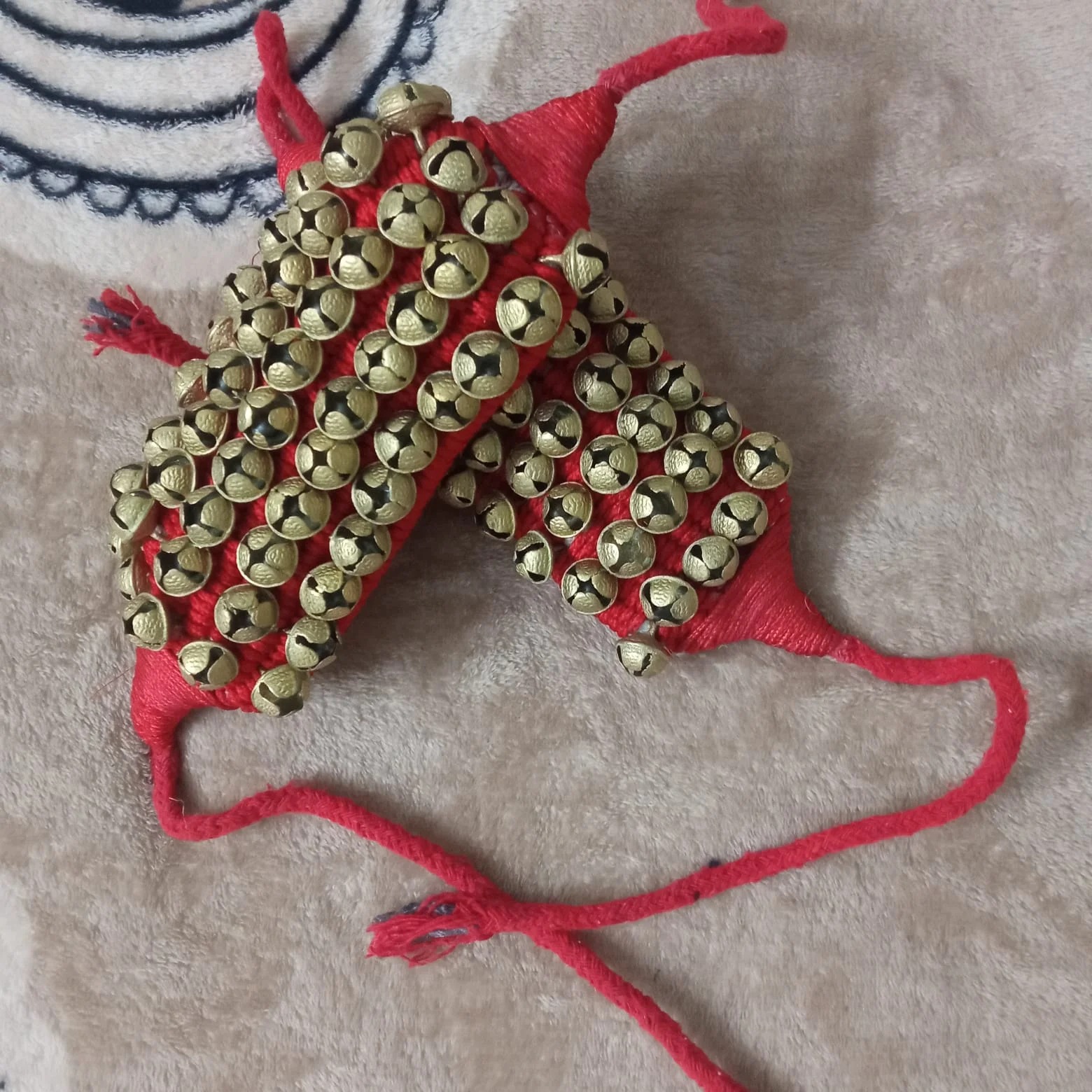Kathak, one of India's classical dance forms, is a rich tapestry interwoven with centuries of cross-cultural influences. Its journey from temple worship to courtly dances and contemporary stages is a testimonial to the dynamic interaction between tradition and innovation. This article traces the path of Kathak, pointing to its beginnings, metamorphoses, and abiding significance.
Origins: The Storytelling Tradition
The art form is called Kathak as it is a derivation of the Sanskrit words katha and kathakar, story and storyteller respectively. Kathak has origins in the North Indian ancient story-telling techniques, where the traveling bards used to present mythological epics through melodramatic movement, rhythmic footwork, and music. The performances mostly revolved around epics like the Ramayana and the Mahabharata, performed as devotional offerings during the Bhakti movement.
The Natya Shastra, the text upon which Kathak is based, written by Bharata Muni (200 BCE–200 CE), outlined rules of gestures, expressions, and rhythm. This theoretical system created the basis for Kathak's complex artistry.
Cultural Influences: A Fusion of Traditions
The development of Kathak is characterized by its capacity to assimilate varied cultural aspects:
Mughal Period: The Mughal conquest introduced Persian and Central Asian influences into Kathak. It developed from temple art to refined court entertainment under royal patronage. The dance borrowed Urdu ghazals, Persian instruments, and Sufi mysticism. Mughal monarchs such as Wajid Ali Shah patronized Kathak, which promoted its sensual and emotive elements.
British Colonial Period: Under colonial rule, Kathak was criticized for its sensuality and association with courtesans. Yet, exposure to Western dance forms brought innovation and adaptation. In spite of adversity, Kathak survived through committed practitioners who kept its essence intact.
Contemporary Cross-Cultural Collaborations: Over the past few decades, Kathak has incorporated international influences without losing its core tradition. Collaborations with Flamenco dancers or thematic investigations of social concerns demonstrate its adaptability and timeliness in the modern era.
Unique Features: The Gharanas
Kathak is defined by specific gharanas (schools), each highlighting specific features:
Lucknow Gharana: Characterized by its elegance and emotive expression (abhinaya), this gharana thrived during Mughal patronage. It tends to include love and devotion themes.
Jaipur Gharana: Emphasizing complex footwork (tatkar) and rhythmic accuracy, this style is more technical.
Benaras Gharana: Blending storytelling elements with spiritual overtones, this gharana unites devotional and dramatic expressions.
These gharanas have helped maintain Kathak's cultural heritage while leaving scope for innovation.
Artistic Elements: The Soul of Kathak
Kathak dance is a combination of technical proficiency and emotional richness:
Rhythmic Footwork: Dancers employ complex footwork coordinated with tabla rhythms to produce hypnotic patterns.
Spins (Chakkar): Defying gravity, spins are a characteristic of Kathak dance performances.
Storytelling (Abhinaya): Hand movements and facial expressions tell stories from mythology or modern themes.
Costumes and Music: Conventional clothing decorated with ornaments is accompanied by live orchestras playing instruments such as tabla, sitar, and harmonium.
Revival and Contemporary Transformations
Kathak suffered a setback under colonial occupation as patronage decreased but revived after independence. Visionaries such as Birju Maharaj took leading roles in keeping the form alive. Kathak continues to evolve today by dealing with contemporary issues like mental well-being awareness or fusion with other dance genres like Flamenco.
Advances in technology have also revolutionized Kathak's presentation. Virtual media enable the dancers to reach an international audience, making the traditional dance more applicable in the contemporary world.
Conclusion: A Timeless Confluence
Kathak's odyssey is a tribute to its flexibility and resilience. As a syncretic fusion of Hindu and Muslim culture, devotional passion, courtly refinement, and international influences, it breaks down barriers to bring cultures together. Whether staged in temples or on world stages, Kathak continues to be a celebration of narration through rhythm and emotion—a classic art form that inspires generations to come.
Source: StudyiQ, Blogger, CULTURS, History of Kathak, ROTARY NEWS, StudyiO

